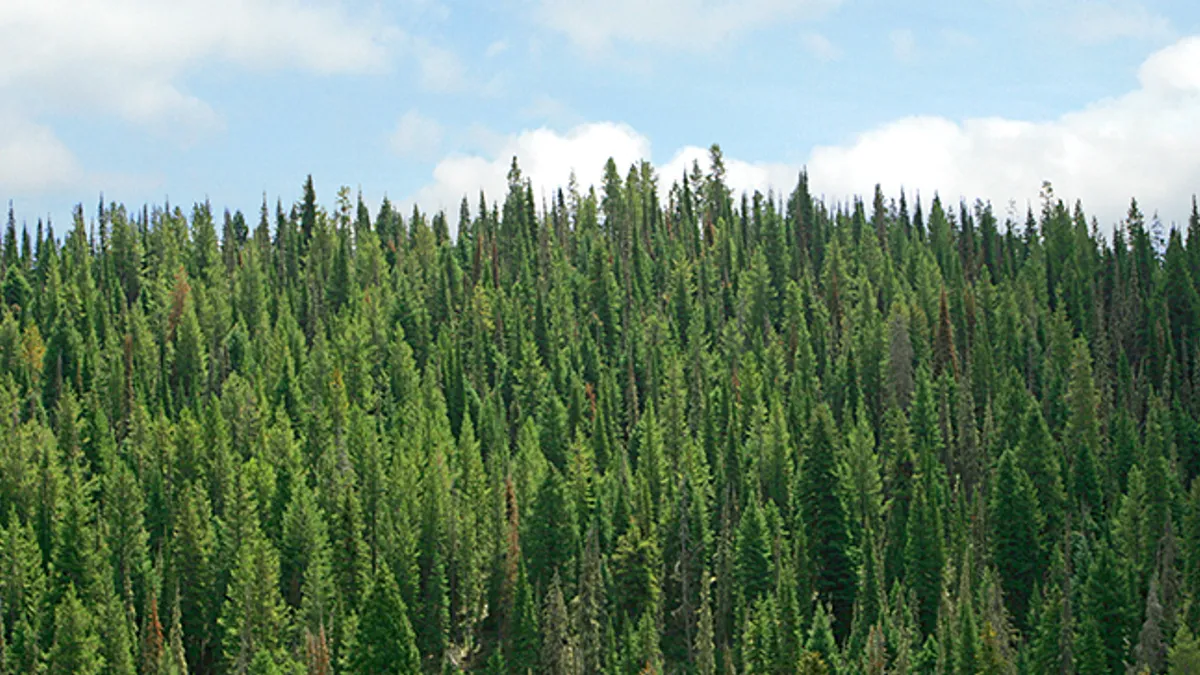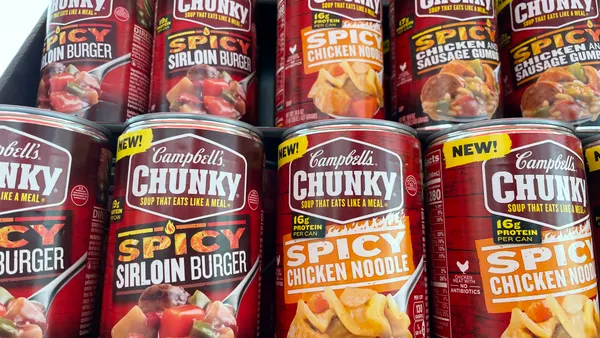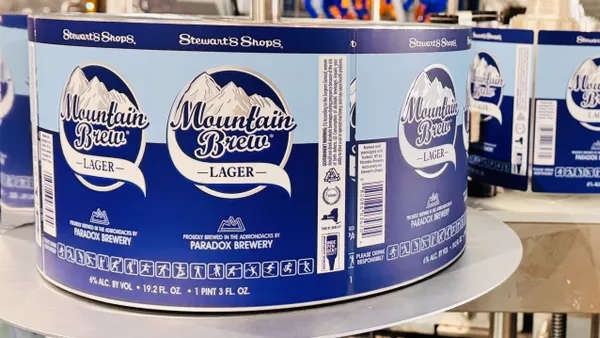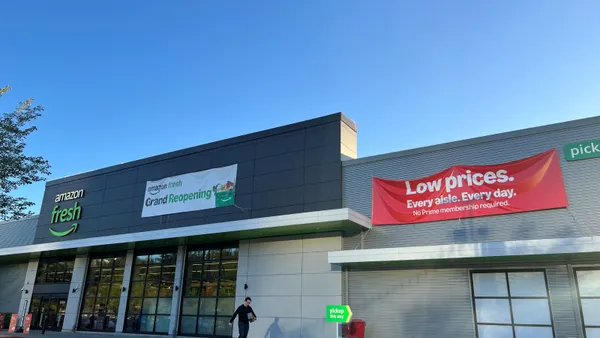Circularity is the epitome of sustainable materials management – linking all life cycle stages for the production, use and reuse of materials to optimize environmental protection and minimize negative impacts on the planet and the atmosphere that sustains it.
According to the U.S. Environmental Protection Agency (U.S. EPA), a circular economy uses a systems-focused approach and involves industrial processes that are restorative or regenerative by design, enabling resources and activities to maintain their highest value for as long as possible, and aims for waste elimination.
The corrugated packaging industry has always maintained a completely circular economy in its own right, long before the term rose to prominence as the ultimate goal for environmental advocates and the EPA. In this first installment of a two-part article series, we explain the "front end" of corrugated's circular life – where sustainable forestry practices create renewable raw materials that are combined with recovered material from a robust recycling infrastructure to make the boxes that companies all over the world use to safely ship precious cargo to homes, businesses, and retail stores.
The forest: renewable from the start
Most people don't realize that despite a sea of bad news about climate change, U.S. forests are thriving – with more trees living on American soil today than 50 years ago, covering one-third of U.S. land, and over 3.2 million new trees being planted every day.
The industry that makes wood and paper products plays an important role in forest preservation by growing and harvesting trees on sustainably managed farms. In fact, 39 percent of U.S. forestland sits on family-owned tree farms today, and about 90% of U.S.-sourced wood fiber comes from private landowners who are deeply invested in maintaining a sustainable crop to stay in business. The trees they grow are used to produce renewable, recyclable packaging materials like corrugated boxes, among other things, allowing them to keep forests as forests – instead of selling to developers. The land is managed responsibly to optimize its long-term growing capacity. Trees are constantly being replanted. The land is rejuvenated. And as the trees grow, they do what trees do best: they capture carbon out of the atmosphere, cleaning the air and helping mitigate climate change.
New and recovered fiber: it's all about balance
Corrugated boxes are made with a mixture of new wood fibers taken from those sustainably managed forests, and "old" fibers extracted from used boxes, collected from end-users through a highly effective recycling infrastructure. (There's even a term for those recovered boxes: they're called "old corrugated containers," or OCC.) In fact, on average corrugated boxes contain 52% OCC.
The beauty of this balanced approach is that the OCC finds new life when it is used to manufacture new boxes – again and again – so not only are corrugated boxes recovered through successful recycling programs, they are used to make new products. As a result, millions of tons of corrugated are kept out of landfills and instead are put to use in an open-loop infrastructure. The market for OCC is tremendous because fiber is needed for the corrugated industry to continue making new boxes. That is in stark contrast to much weaker markets for other recovered materials, like plastics.
New and recovered fibers – coming from tree farms and OCC – are both essential to the manufacture of corrugated boxes. We need the recycled fiber to complement what comes from trees to keep those forests growing so we don't deplete the forestland that supports land, air and wildlife conservation. And we need the new fiber to create products that are strong enough to handle their intended purpose – protecting the products that are shipped in corrugated boxes. A steady supply of fiber from both sources is needed. Neither source alone supplies enough material to support the continuous production required by industry to keep economies alive.
Part 2 of our Circular article series will focus on the corrugated industry's sustainable manufacturing practices, including ever-increasing use of renewable energy and a 50-year history of successful recycling for continuous box production.










